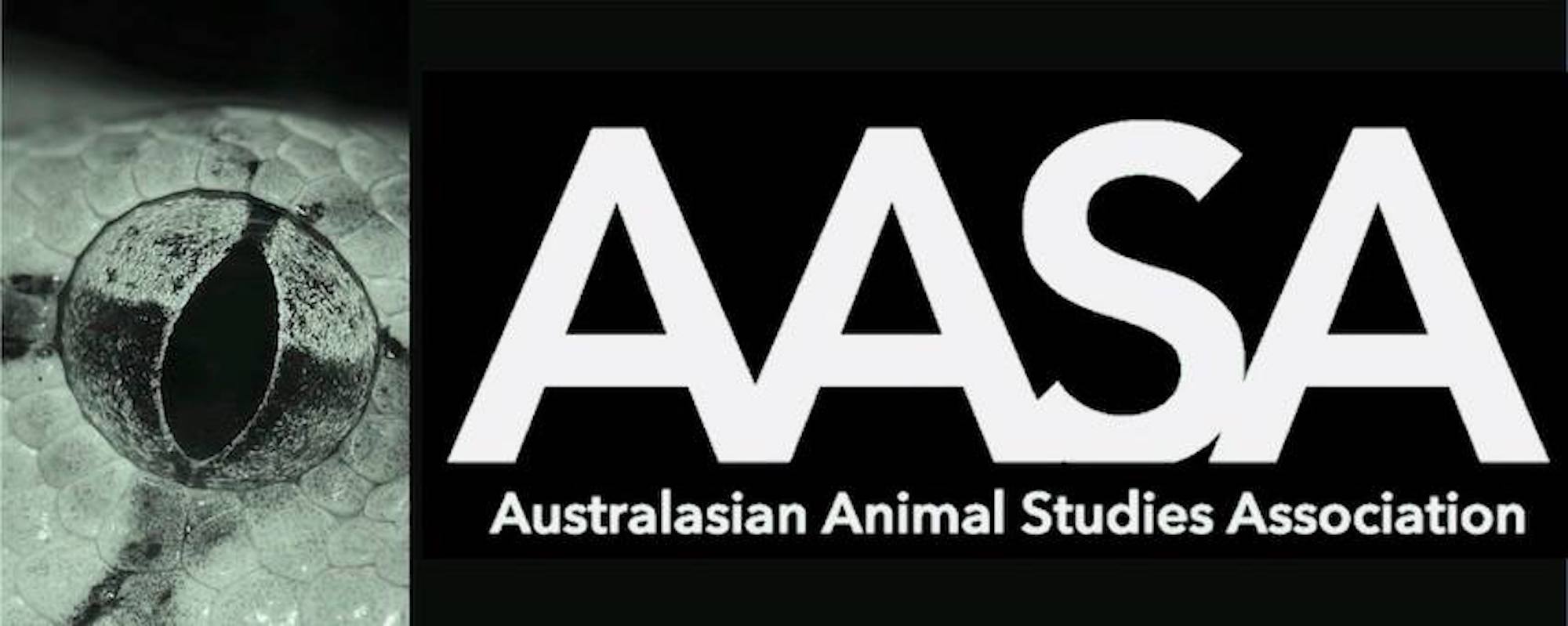Animal Satire
Editors Susan McHugh (University of New England) and Robert McKay (University of Sheffield)
Intelligent interest in or ethical commitment to animals has always been a rich source and target of satire or parody. Recent kerfuffles about the publication and then withdrawal of spoof essays about dogs on the Berlin wall, by a collective known as Christiane Schulte and Friends (Totalitarianism and Democracy), and queer performativity in dog parks, by a “Helen Wilson” (Gender, Place and Culture), are the latest in a long line of such parodies. This runs from (at least) Thomas Taylor’s A Vindication of the Rights of Brutes (1792) through the New York Herald‘s ‘Cruelty to Animals: Great Mass Meeting at Union Square’ (1866) to more recent academic examples such as Charles Phineas’s ‘Household Pets and Urban Alienation’ (1974). These pieces feign a focus on animals, with the excessive interest shown in a theme so evidently unworthy of serious attention satirising some or other ridiculousness: Wollstonecraftian feminism for Taylor, the academic pursuit of social history for Phineas, academic interest in animals per se for Schulte and Friends and Wilson.
Yet not all animal parody stems from such forces of reaction. We can also trace a countervailing cultural history of what might be called animalist satire, which uses the strategies of satire to open up debate about human-animal relations; this reaches backward from, say, Banksy’s Because I’m Worthless (2004) and The Meatrix (2003) to Jonathan Swift’s ‘A Modest Proposal’ (1729) and beyond.
These two quite particular strands of parodic possibility sit within the much broader rhetorical significance of animal imagery in the history of satire, from Reynard the Fox, or eighteenth-century political cartoon, through the parodical biodiversity of Soviet and post-Soviet writing (satirical magazines such as Krokodil, the Čapeks’ Pictures from the Insects’ Life, Orwell’s Animal Farm), to the “equisapiens” of Boots Riley’s account of racist capitalism in Sorry to Bother You. It is clear that there is still much to know about the force of animality in powering the politics of satire, and indeed (more pressingly) the political significance of satire for understanding rhetoric about animals.
Abstracts of 300 words are sought by 30th November 2020 for a volume titled Animal Satire to be considered for Palgrave Studies in Animals and Literature. The editors hope to create not a straightforward collection of essays, but something more compendious and formally wide ranging, which exemplifies and offers analysis of the most stinging and sharpest biting examples of animal satire and parody, whatever the form. Work for inclusion will be due in August ’21. The editors seek proposals for:
- Short and engaging academic essays of 3000-4000 words which analyse significant animal-focused satirical texts or themes
- Longer discursive essays on any theme relating animals, satire and parody (6000-7000 words).
- Survey essays on particularly significant sites of animal satire in world cultural history
- Parodies, hoaxes, spoofs and other satirical subgenres in fiction, poetry, theatre and performance, philosophy and other fields
- Pieces that focus on television, film, visual art, popular media imagery, graphic writing and other visual-cultural forms
The editors firm preference is for contributions that find nonhuman animals themselves somewhere in the satirical field of vision. Please send your abstract, name and a brief biography in the text of an email to r.mckay@shef.ac.uk and smchugh@une.edu.


